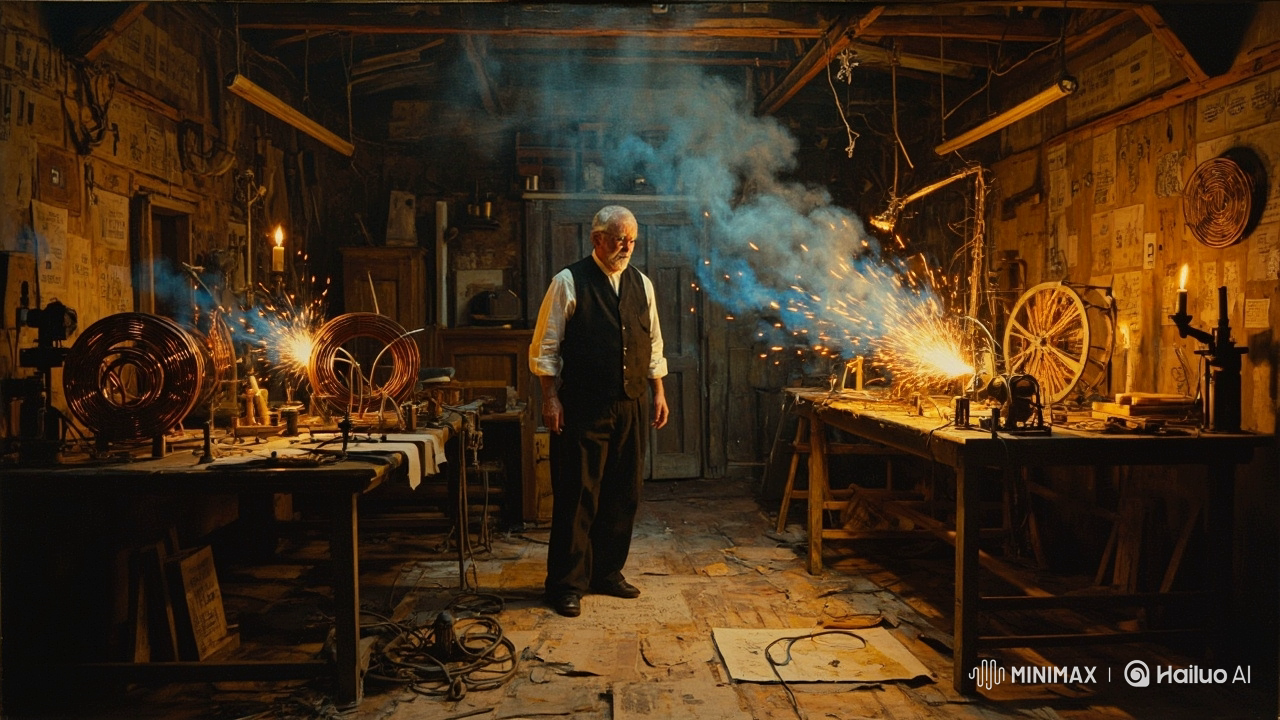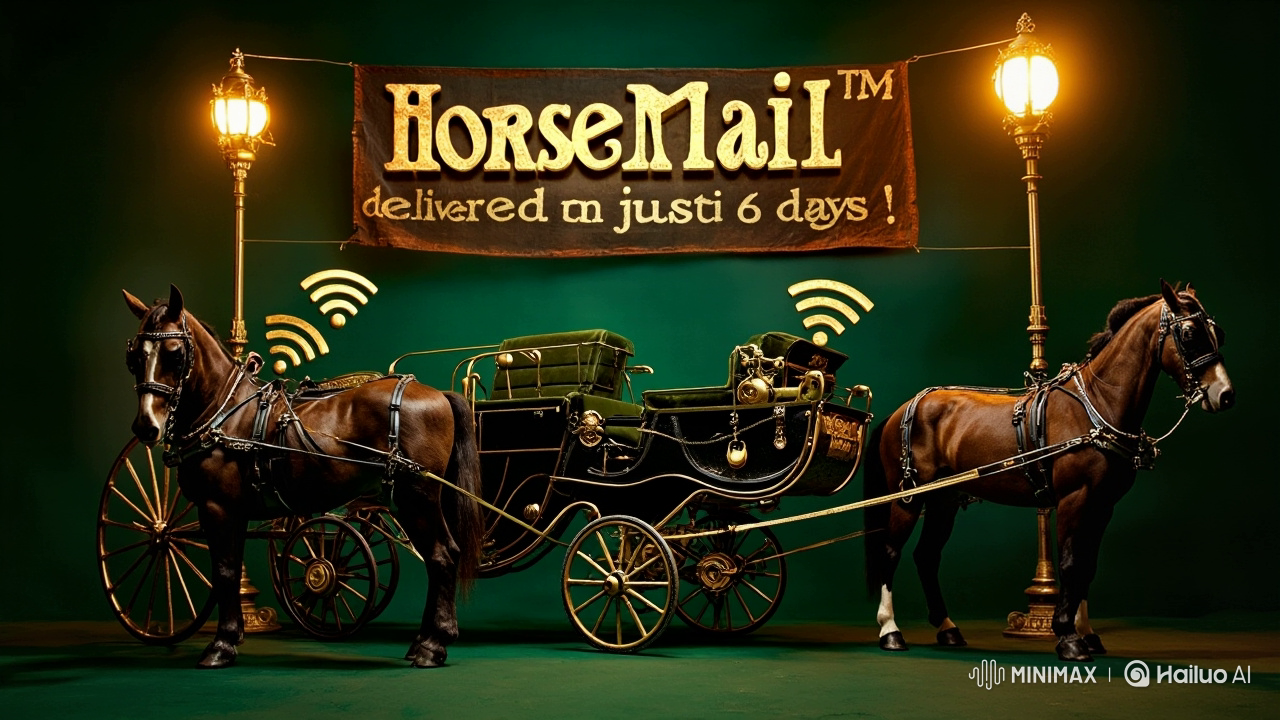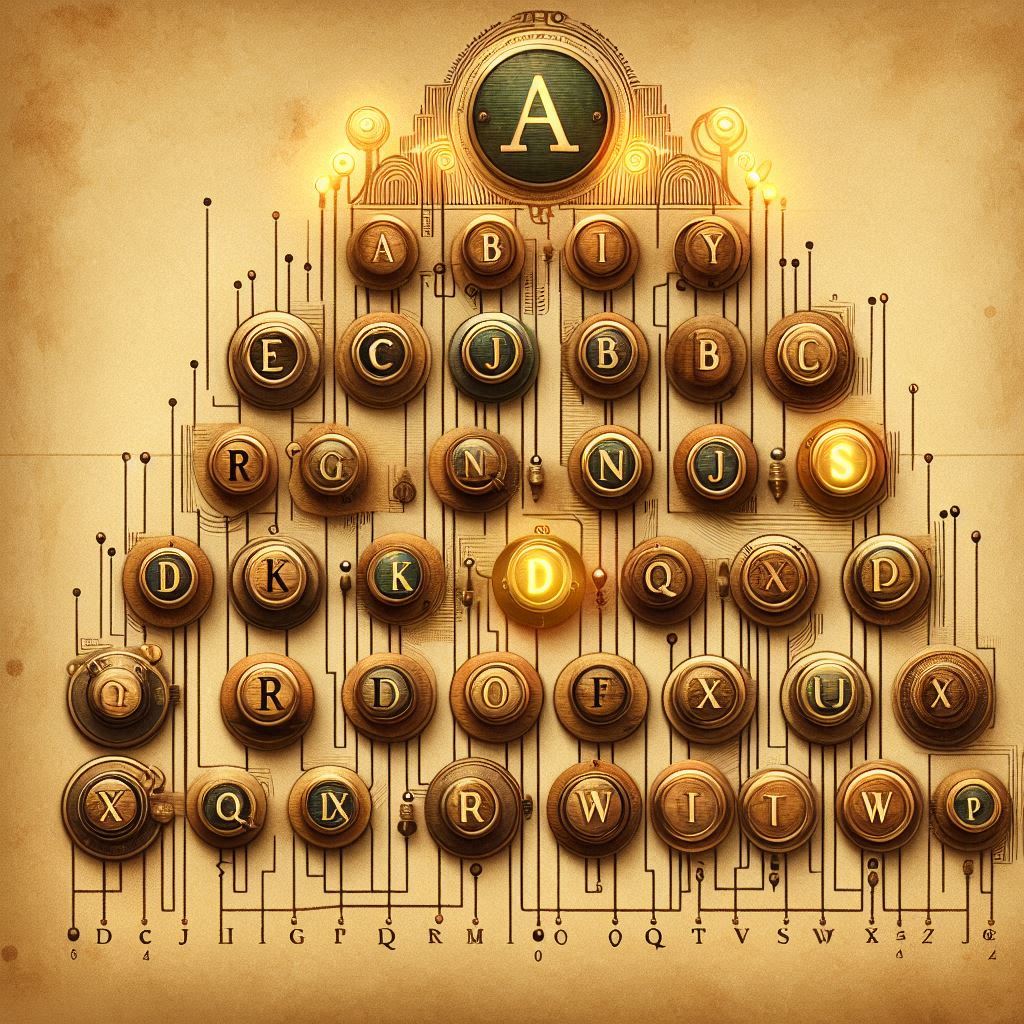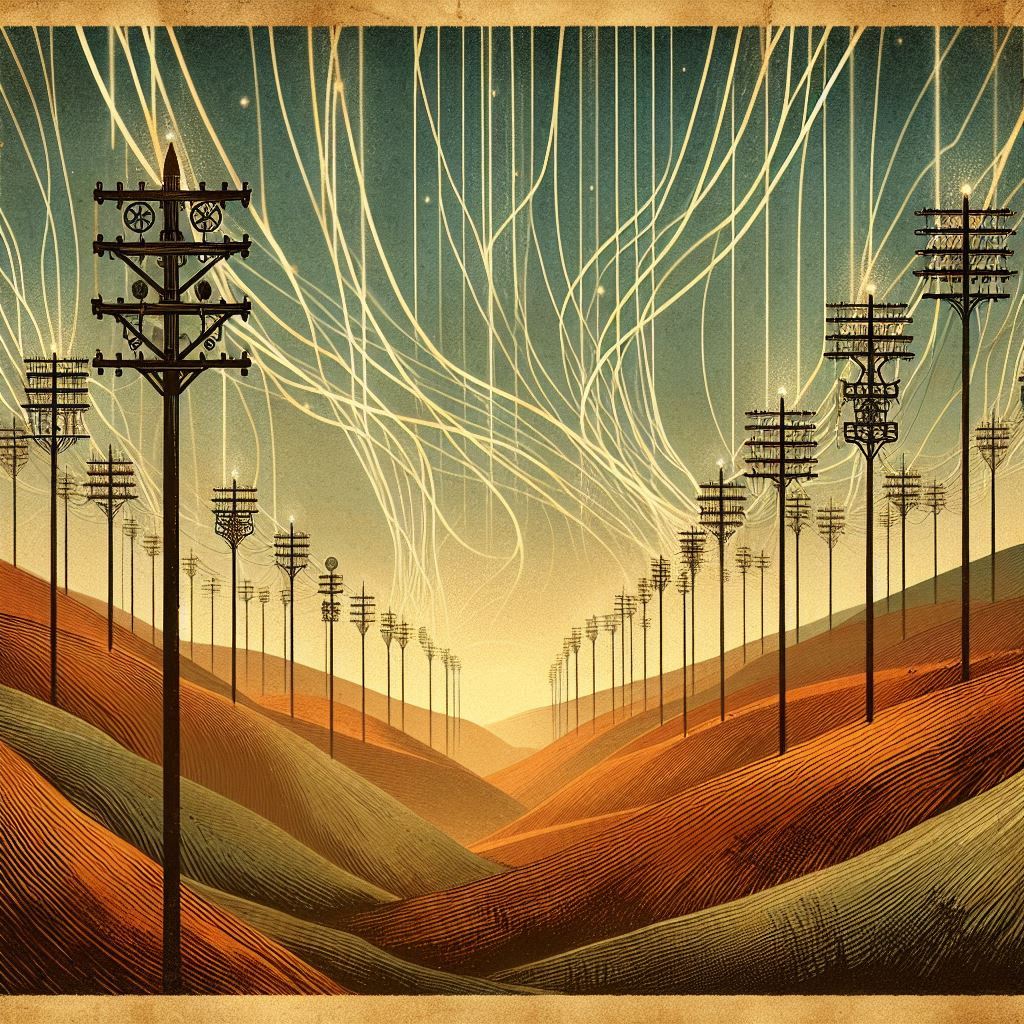Imagine this: you're a talented painter, moving through elite circles, taking commissions, painting presidents. Life is on canvas… until one day, a letter arrives. A slow one.
And from it you learn:
Your wife has died.
And you found out too late.
That’s how the story begins — of the man who made silence speak. His name was Samuel Morse. Or simply… MZ.
From Brush to Wire
.jpg) Samuel Morse began his career as a portrait artist. His works hung in the finest homes; he even founded the National Academy of Design. He was basically the Instagram filter of the 19th century, but in oil on canvas.
Samuel Morse began his career as a portrait artist. His works hung in the finest homes; he even founded the National Academy of Design. He was basically the Instagram filter of the 19th century, but in oil on canvas.
But then everything changed.
While painting a commission far from home, Morse received a letter. His wife had suddenly fallen ill. By the time he returned…
She had died. And been buried.
He had lost the love of his life.
Because there was no communication.
A Revolution in Three Symbols: Dot, Dash, Pause
 So Morse did something radical: he turned his grief into a revolution.
So Morse did something radical: he turned his grief into a revolution.
He invented the telegraph. And with it — the Morse Code. A language where:
- You could "write" without a pen,
- Send news to another city in seconds instead of days,
- And most importantly — say goodbye in time.
In 1844, the first message traveled from Washington to Baltimore:
"What hath God wrought?"
As if the universe itself was stunned by what had just happened.
It was the birth of real-time communication.

What Did Morse Change?
- Continents were connected — the first global communication network.
- News stopped arriving late — real-time journalism was born.
- Markets, military, and shipping — all became faster and more precise.
Samuel Morse didn’t just send messages.
He wired the world for the future.
He was the MZ of the 19th century.
Alternative History: If MZ Had Stayed a Painter

Imagine a world where Samuel Morse never touched a wire — only canvas.He sits in his studio, the air thick with turpentine and the quiet hiss of a fireplace. He's painting yet another official — powdered wig, stiff posture, pride in the eyes and nothing behind them.
Outside, a carriage rattles by, overburdened with letters, messages stacked like forgotten thoughts. One of them holds a goodbye… that will arrive far too late.
Mail takes weeks.
Orders are lost.
No one says farewell in time.
Without telegraph:
- Armies march to outdated orders.
- The headlines scream yesterday's news: "War Declared - Last Thursday."
- Markets collapse in confusion - without telegraph, speculation becomes a guessing game.
- Plague spreads before anyone knows it.
The world is filled with silence instead of signals. And somewhere in it, Morse is still painting. Beautifully. Precisely. But there is pain in his gaze - a sense that maybe, just maybe, he could paint not only faces, but the future.
Did Any of Samuel Morse's Paintings Survive?
Several paintings by Samuel Morse have survived and are held in prominent American museum collections. Before becoming an inventor, Morse was a respected painter known for his neoclassical historical and portrait works.
Most Famous Paintings by Samuel Morse:
1."Gallery of the Louvre" (1831–1833)
Terra Foundation for American Art, Chicago
This monumental canvas depicts an imagined room in the Louvre filled with masterpieces by Old Masters. Morse spent over a year in France working on it, intending it to serve as a “virtual gallery tour” for the American public.
This painting has toured several U.S. museums in recent years (notably in 2015).
2."Marquis de Lafayette" (1825)
New York City Hall (Rotunda)
An official portrait of General Lafayette, painted during the French hero’s visit to the U.S. This work earned Morse national recognition and established his reputation.
3."Dying Hercules" (1812)
📍 Yale University Art Gallery, New Haven
A dramatic early work reflecting Morse’s interest in classical themes and anatomy.
4."Judgment of Jupiter" (1814)
📍 Yale University Art Gallery
An allegorical composition showing Morse’s fascination with ancient mythology and neoclassical style.
Where to View Morse's Art Today:

Yale University Art Gallery – Holds the largest collection of Morse’s works, as he studied at Yale.
- Smithsonian American Art Museum – Contains archives, sketches, and documents related to his artistic and scientific career.
- The Metropolitan Museum of Art (New York) – Occasionally exhibits Morse’s works in the context of American art history.
- Terra Foundation for American Art – Owns Gallery of the Louvre, his best-known painting.
Gallery of the Louvre (1831–1833)
- Description: This monumental canvas depicts the Salon Carré in the Louvre, showcasing masterpieces by European artists. Morse created this work to bring European art to American audiences.
- View Online: Terra Foundation for American Art
- Virtual Tour: Terra Collection in Focus: Gallery of the Louvre
Marquis de Lafayette (1825)
- Description: A portrait study of the Marquis de Lafayette, created during his visit to the United States. This work served as a study for a full-length portrait.
- View Online: Crystal Bridges Museum of American Art - www.crystalbridges.emuseum.com/objects/192/marquis-de-lafayette?idx=15
- Additional Information: Google Arts & Culture
Dying Hercules (1812)
- Description: An early work by Morse, depicting the mythological figure Hercules in his final moments. This painting reflects Morse's interest in classical themes.
- View Online: WikiArt (www.wikiart.org/en/samuel-morse/dying-hercules-1812)
- Museum Collection: Yale University Art Gallery
The Judgment of Jupiter (1815)
- Description: This painting portrays a scene from Greco-Roman mythology, showcasing Morse's neoclassical style.
- View Online: Yale University Art Gallery
- Image Resource: Wikimedia Commons
Fun Fact:
Morse was so dedicated to his painting career that he gave up a teaching position to finish “Gallery of the Louvre.” Ironically, not long after completing the painting, he shifted almost entirely away from art — and toward the invention of the telegraph.
MZ’s Legacy

- Morse Code still lives — in aviation, radio, and every SOS.
- It was the prototype for instant messaging and the Internet.
- Morse was the first to prove: you can speak without words — with code.
He didn’t just change tech.
He gave humanity the ability to be closer, faster, louder.
He taught us to hear each other through time.
What do you think about a world without Morse? Write in the comments.






